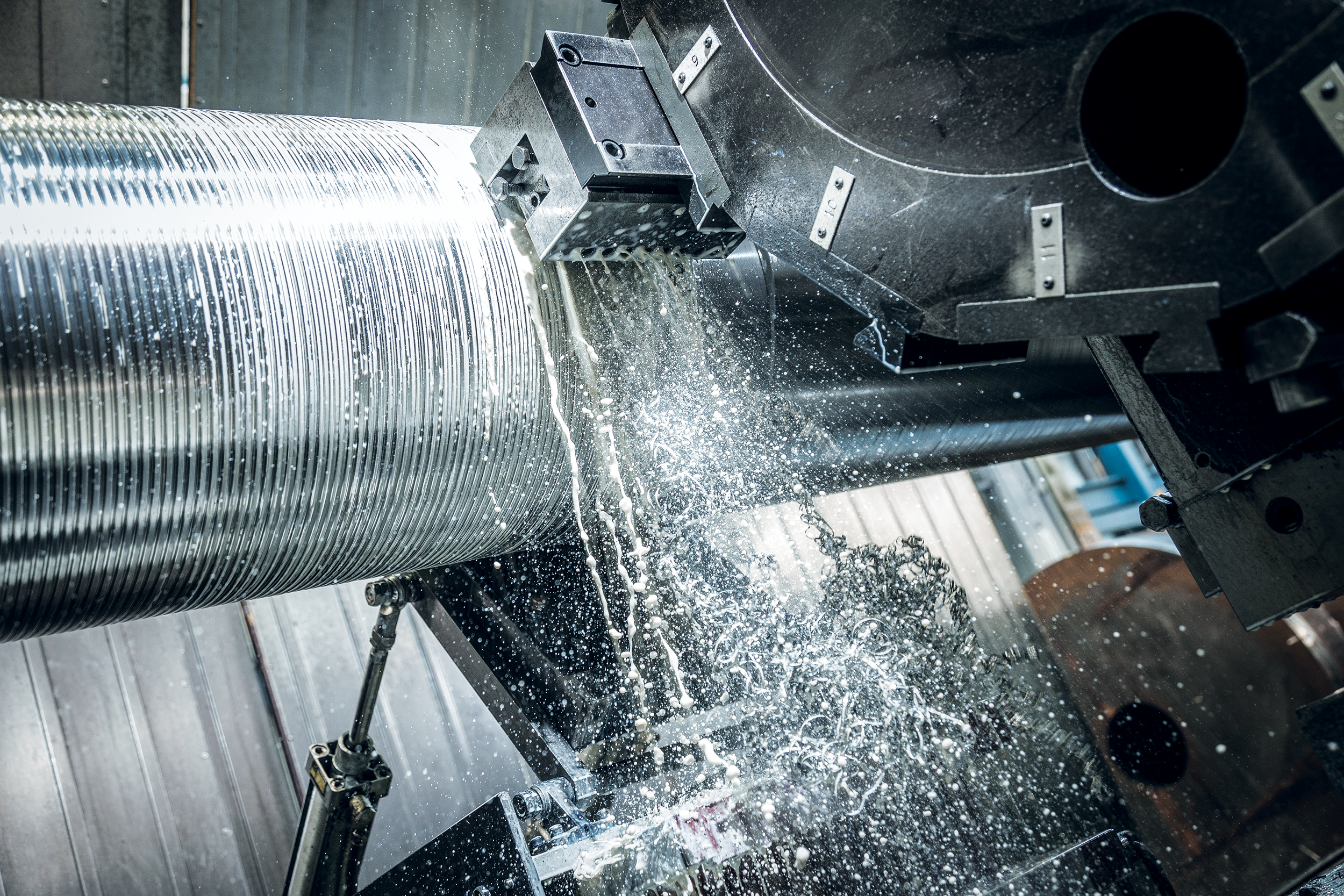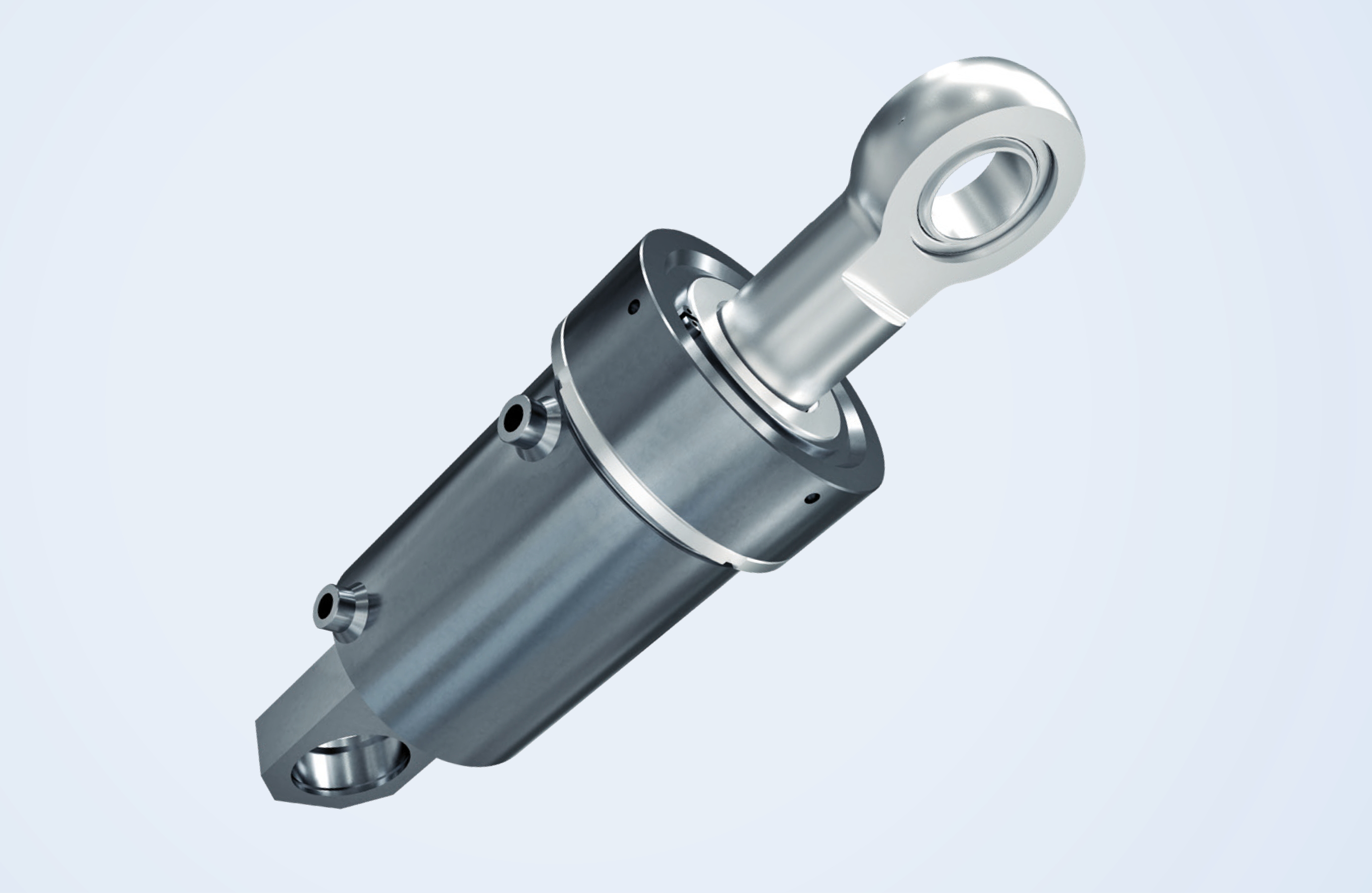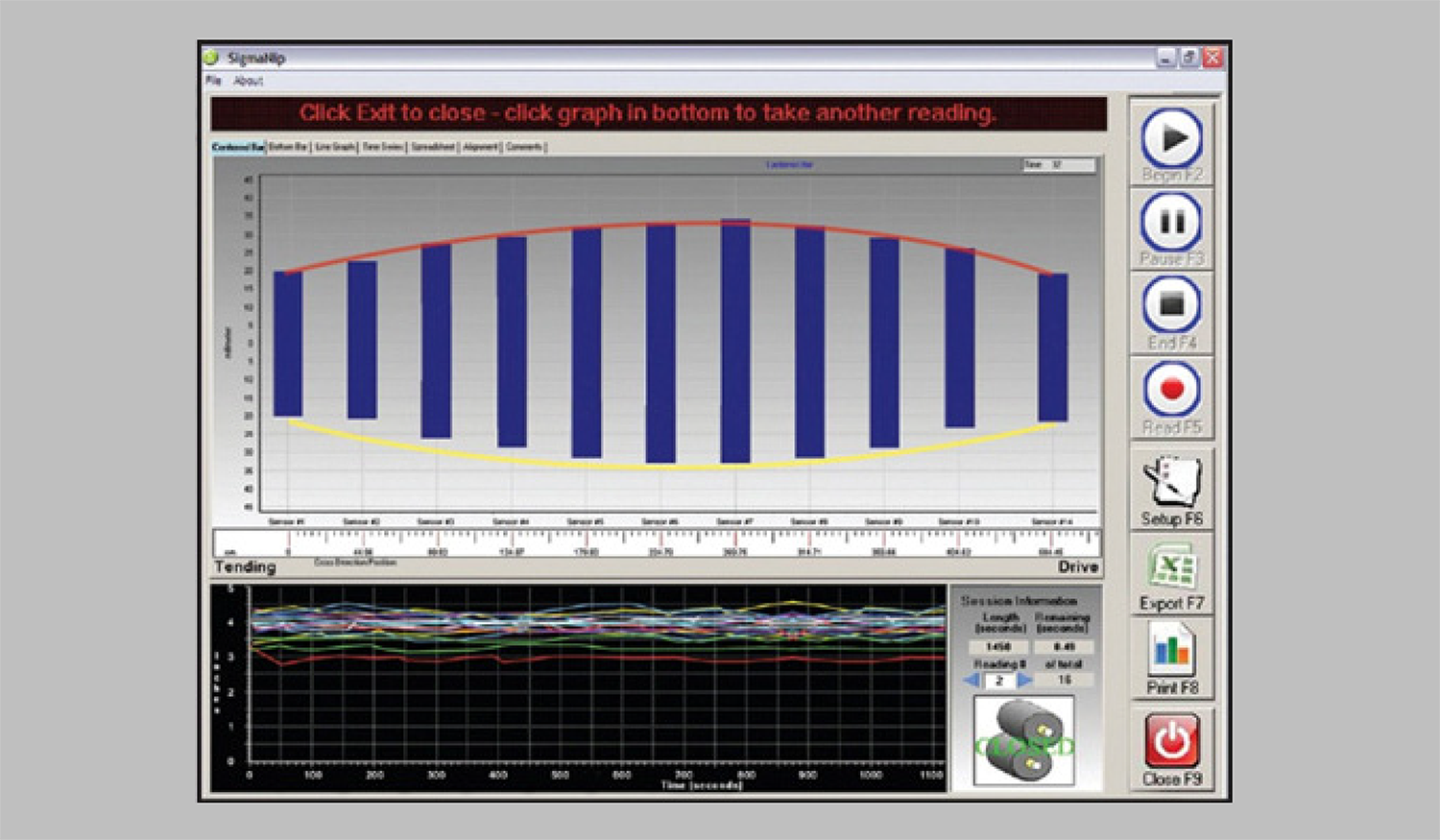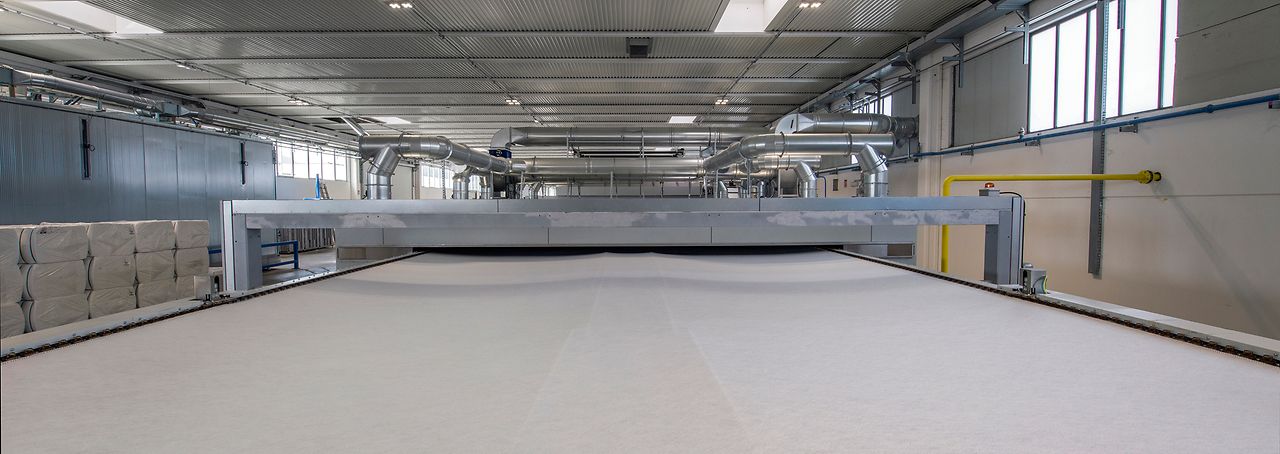Twin Wire Press Upgrades
Under pressure
The key performance indicators of your twin wire press should not put any pressure on you: excellent sheet quality and output dryness at the highest specific production rates and best equipment availability. For the press section of modern twin wire presses, we provide an entire package of services and upgrade solutions, so that your pressure is released.
 |
#1 Frequent wear of press rollsSynthetic roll covers (rubber, polyurethane, etc.) suffer wear during operation. The covers must be replaced regularly, sometimes even the entire roll. What helps?Stainless steel claddingStainless steel-clad rolls virtually do not wear and, therefore, do not require further maintenance. They are extremely resistant to temperature and chemicals and – as a consequence – also reduce the risk of wire wear or damage. Benefit from a press roll lifetime of more than ten years!
ANDRITZ has more than 65 years of experience in dewatering technologies with 600 twin wire presses installed around the world. As a high-quality roll supplier, ANDRITZ is your partner for all roll-related issues. |
 |
#2 Damaged wire edgesIf – for whatever reason – the nip is pressure-loaded without pulp, the wire edges are squeezed between the press rolls and may be damaged What helps?ANDRITZ Press Roll StopperThe new hydraulic cylinder with integrated, adjustable stopper is a reliable and simple solution. The exact stroke of the cylinder can be limited and adjusted to ensure a minimum gap between the top and bottom press rolls. It can be easily installed in all twin wire presses (whoever the OEM) with hydraulic loading in the press section – and it has no impact on the machine's hydraulic or control system. Increase the lifespan of your wires by one month! |
 |
#3 Bad sheet formationIn modern twin wire presses, the press nips are individually pressure-loaded to operate the press under optimized conditions. If, however, the hydraulic pressure is increased above a certain limit, the sheet formation can be destroyed, or in the worst case, pulp blockage can occur in the press nip. What helps?Press nip optimizationThe hydraulic pressure in the press nips increases along with the nip load, and so does water removal. Optimization of the press nips starts with the main nip (drive roll) where the highest nip pressure applies. This press nip is basically responsible for final dryness. Working backward to the first press nip, each nip is set to a load as low as needed to prevent hydraulic overloading in the subsequent press nip. Profit from perfect dewatering results and excellent sheet formation! |
 |
#4 Uneven nip load
For optimum dewatering results and sheet quality, an even nip line pressure distribution over each nip length is essential. One of the keys is proper crowning of the press rolls in relation to the applied line pressure. However, the roll crowning is changing over the time due to wear of the roll cover. What helps?ANDRITZ Nip Profiler ServiceA sensor band comprising an array of thin and flexible sensing elements is placed between the press rolls. It captures the nip footprint and the relative pressure distribution between press rolls. Measurement is started when the nip is pressure-loaded. The outcome is highly accurate and reproducible data from all sensors across the roll length which is captured and visualized by the Nip Profiler software. Press roll alignment rechecks can be done with loaded nip, while having an eye on the software results shown on the display. In this way, the actual nip profile will be visible immediately on the screen. Align your press nips based on real-time data of the nip condition! |


